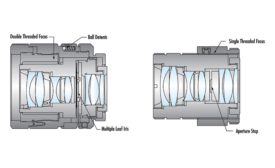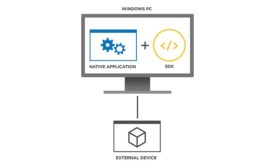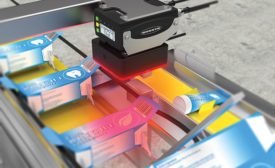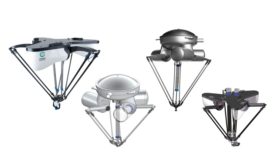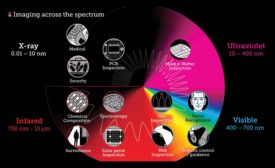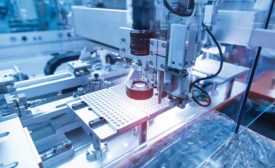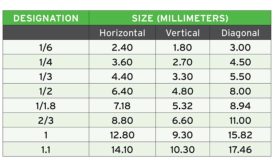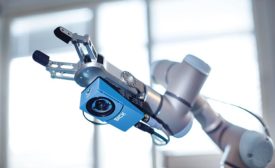Vision & Sensors
As applications and markets diversify their environmental profiles, the technology and optics must do the same.
Read More
Three Cornerstones of Smart 3D Machine Vision
Modern UI design, web-enabled 3D smart sensors, and onboard inspection software.
November 28, 2020
How Artificial Intelligence overcomes major obstacles standing in the way of automating complex visual inspection tasks
From accommodating flexibility to minimizing overdetection, the latest AI algorithms have the necessary capabilities to match the sensibility and expertise of professional human inspectors.
November 27, 2020
Machine Vision Trends for Today’s Industrial Age
Improvements in machine vision include advanced-imaging analysis, robotics, machine learning and 3D vision.
November 26, 2020
Vision & Sensors HeadlineHeadline
Allied Vision Hires Lewis as Sales Director of the Americas
September 21, 2020
Cameras that See Beyond Visible Light: Inspecting the Seen and Unseen
Read on for a high-level overview of imaging technologies from across the electromagnetic spectrum.
September 1, 2020
The Importance of Lighting Control
Appropriate lighting can be critical to the success or failure of the project.
September 1, 2020
Machine Vision Systems Design: The Basics
Systems integration is the process of bringing together diverse and disparate components and sub-systems and making them function as a single unified system.
September 1, 2020
A Customizable Vision for the Quality Profession
The future of quality inspection is one that will see quality professionals working side-by-side with collaborative robots fitted with easily-swapped vision systems.
September 1, 2020
Stay in the know with Quality’s comprehensive coverage of
the manufacturing and metrology industries.
eNewsletter | Website | eMagazine
JOIN TODAY!Copyright ©2025. All Rights Reserved BNP Media.
Design, CMS, Hosting & Web Development :: ePublishing
